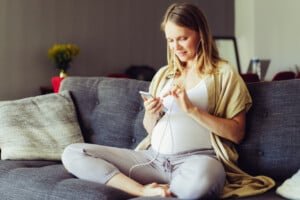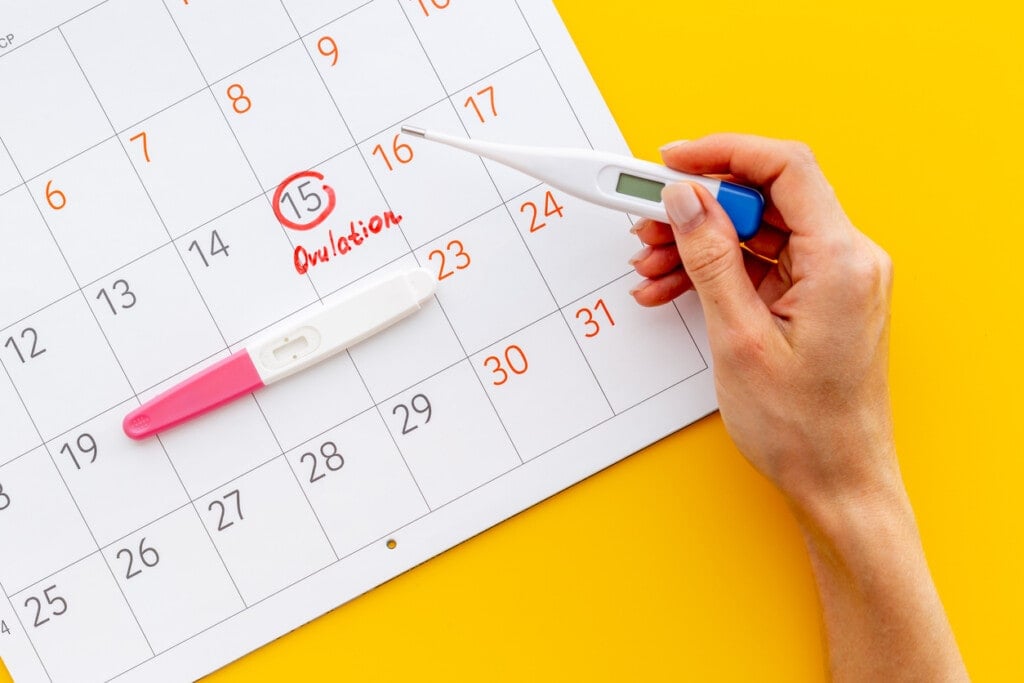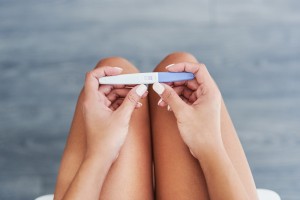Many women transition off hormonal birth control, hoping to become pregnant or searching for natural methods to avoid pregnancy. As a result, many ovulation trackers and tests have become available. From strips and devices to tracker apps, the market has many options for identifying ovulation and finding your fertile window.
Ovulation is the “main event” of your menstrual cycle. But how is it tracked? Here we will discuss ways to track ovulation and choose the best ovulation test for you and your family planning goals.
When Does Ovulation Happen?
Ovulation happens once per menstrual cycle, roughly halfway between the start of one period and the start of the next. Many period tracking calculators or phone applications use this guess to identify your day of ovulation based on your cycle history. However, the actual day of ovulation varies from woman to woman and cycle to cycle. There are much more precise ways to identify when ovulation occurs for each woman and cycle. This knowledge can help time intercourse to avoid or achieve pregnancy.2,3,4
What Do Ovulation Tests Do?
Ovulation is a response to fluctuations of a few female hormones. When these hormone levels rise, they are detectable in a woman’s blood and urine. A woman can collect her urine sample at home, dip an ovulation test in it to measure one or more of the hormones and get a reading within a few minutes. This information helps to predict that ovulation might be coming. Some ovulation tests can also confirm that ovulation has already happened for a cycle.5
Although the purpose of ovulation tests is pretty much the same—to predict and confirm the timing of ovulation—they vary in accuracy, warning time, readability, and cost.
What to Consider When Choosing an Ovulation Test
What Hormones It Tests
Some ovulation tests only look for luteinizing hormone (LH), which surges about 24 hours before ovulation. If you want to time sex to get pregnant, waiting for a positive LH test gives you a good shot. That way, sperm are waiting for an egg when it is released.
If you want to know that ovulation is approaching in the next few days, other, more comprehensive ovulation tests look for estrogen and LH. Estrogen rises a few days before the LH surge and gives a more advanced warning that ovulation is coming.
Some ovulation tests also look for progesterone, which rises after ovulation. A positive progesterone test confirms you have already ovulated, and the window to get pregnant is closed until the next cycle.
Test Readability
Some ovulation tests require that you compare and interpret the darkness of a test line versus a control line on the ovulation strip. Some ovulation tests come with access to a free smartphone application to help read the sometimes-ambiguous results. Other ovulation trackers use a monitor that reads the results for you and gives a black-and-white reading of low, high, or peak fertility. You do not even have to look at the test sticks.
Some women like to see the progression of their ovulation test lines go from light to dark, while others prefer the objectivity of a digital monitor reading.
Test Cost
Typically, ovulation tests that you read yourself will be less expensive than tests that interpret the results for you. Some digital tests also require you to purchase a separate monitor. This can cost close to $100 but is a one-time expense that you can continue to use as you purchase new boxes of test sticks. Ovulation tests that read multiple hormones also cost more than those that measure only one.
What is the Best Ovulation Test for You?
Depending on the cycle detail and price point you are looking for, several digital tests may be a good fit for you. Here is a breakdown of the three top digital ovulation tests available:
Inito
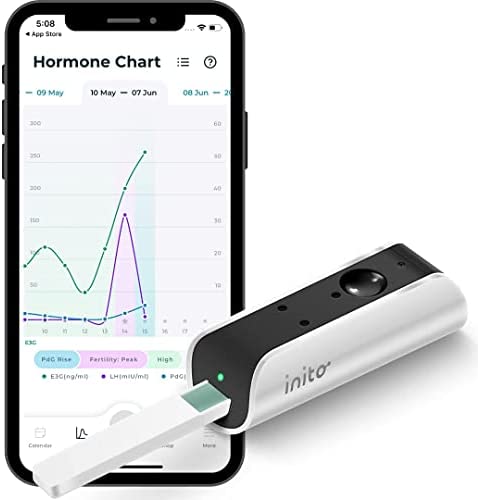
The monitor for Inito costs $100 and has 15 test sticks per cycle with a $3.33 per-stick cost. The Inito device tests estrogen, LH, and progesterone levels and predicts and confirms ovulation. You can sync the monitor to your smartphone. The report from the test comes within about five minutes, and measures high, peak, or ovulation confirmed using numerical values on a graph.
Clearblue
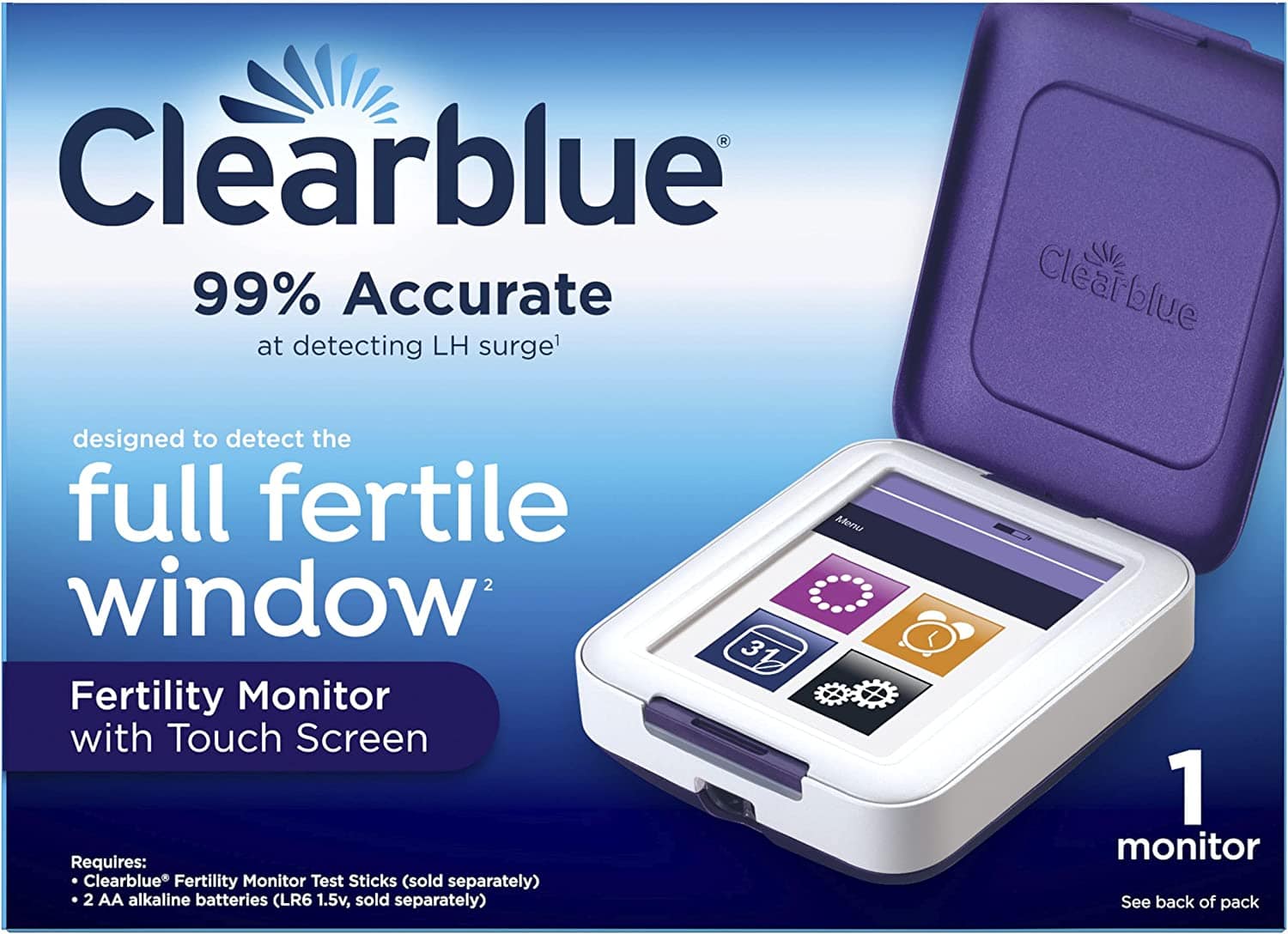
The monitor for Clearblue costs $118, and each test stick costs about $1.40 with 10-20 sticks per cycle. It tests for estrogen and LH levels and predicts ovulation but doesn’t confirm ovulation. When testing, the report readability is low, high, or peak fertility, with results in about five minutes.
Mira
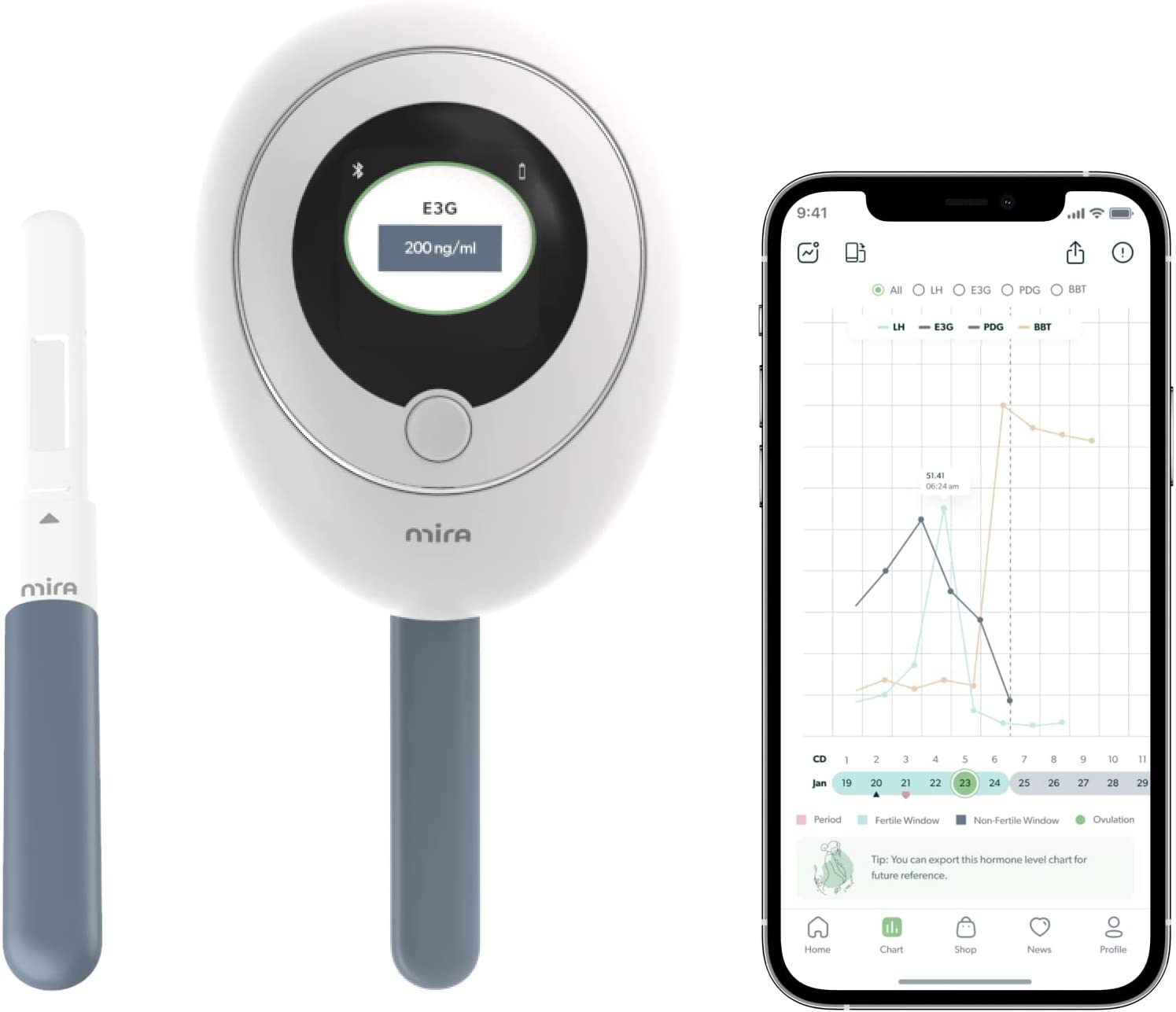
Mira costs $199 and uses 10-20 sticks per cycle at between $2 and $4.50 per stick. The device measures estrogen, LH, progesterone, and FSH, and predicts and confirms ovulation. The monitor can also sync to your smartphone. The reading time takes much longer than the other two tests—about 21 minutes—and you get a fertility score from 1-10 with numerical values on a graph.
Digital tests are easier to read, provide more comprehensive insight into your cycle, and are slightly more sensitive, but they are also more expensive than generic ovulation tests.5
At just $0.30-$0.40 per test, some inexpensive and easy-to-source analog ovulation tests include Wondfo, Easy@Home, and Pregmate. Although these do not come with monitors or analyzers like their digital counterparts, women can use a smartphone app called PreMom to upload photos of their ovulation strips for assistance with interpretation. PreMom is for the Easy@Home tests, but you can use any generic ovulation test stick.
Proov is a fertility monitor that tracks your entire cycle through the use of an app on your mobile device instead of using an external device to read the test strips. Proov also makes LH strips that function similarly to the other analog LH ovulation tests.
If you are new to the ovulation and fertility world and all of this is overwhelming, then simple LH strips might be a good place to start. However, if you have been tracking your cycle for a while, are looking for additional ovulation insight, and are ready to invest a bit more money into the process, you might be ready to try a digital ovulation tracker. If you suspect you are not ovulating, look for a digital or analog progesterone test to help confirm or alleviate your suspicions.
Other Ovulation Tracking Methods
If the thought of at-home urine testing seems too much, but you would like to know when you are ovulating, there are biological ovulation signs and symptoms and markers you can also observe, some just by paying attention to your body!
Cervical Mucus
For a general idea of when you ovulate, you can start by paying attention to your cervical mucus. As ovulation approaches, your cervical mucus becomes “fertile,” meaning it creates a suitable environment for sperm to survive and swim to meet an egg at ovulation.
Fertile cervical mucus is clear, stretchy, slippery, wet, and abundant, like a raw egg white. If you notice this normal discharge in your underwear or when you wipe after going to the bathroom, ovulation is likely very near.6
Temperature
A woman’s body temperature rises after ovulation for the second part of her cycle from ovulation until the start of her next period. This happens in response to the hormone progesterone. If you do not want to test your urine or blood directly for progesterone, you can take your basal body temperature daily first thing in the morning before getting out of bed. When you notice a sustained rise in your temperature, you likely have high progesterone levels in your system, which can help confirm you have ovulated.7
This does not help predict that ovulation is coming, so it cannot help you know when to have sex if you are trying to conceive. It can, however, help to ensure you are ovulating normally or identify if there is an ovulation issue.
Tracking Tips and Tricks
If you are ready to start tracking your cycle and ovulation, a few things will make it easier.
Pay Attention to Your Body
As mentioned, your body gives you biological signs of where you are in your cycle, even without tracking. If you notice these signs, they can indicate when it could be a good idea to take an ovulation test.
Create a Habit
If you are committed to daily testing and tracking for ovulation, you must not miss a day to have a complete picture without any missing data. Whether you need to set a daily alarm or recruit your partner to remind you, get in the habit of ovulation testing every day during your potential fertile window.
Keep a Record
There is no point in collecting all this ovulation information if you will not remember it! You can log your ovulation tests on a paper chart or a phone app or rely on one of the digital devices to store it for you. No matter how you maintain your data, make sure you record it all somewhere consistent so that you can look at your cycle history. This information can be helpful for pregnancy dating, infertility workups, and more.
With so many ovulation testing and tracking options, it can be overwhelming to decide which tests to use and when to use them. Whether you are looking for in-depth cycle detail or cheap simplicity, the good news is that the right fit is for you. Consider your goals, budget, and dedication, then use the information in this article to make the right investment for your cycle health. There is a learning curve to using ovulation tests, but if you commit to learning a method, you will quickly pick up on your cycle trends and tracking habits. Happy testing!







